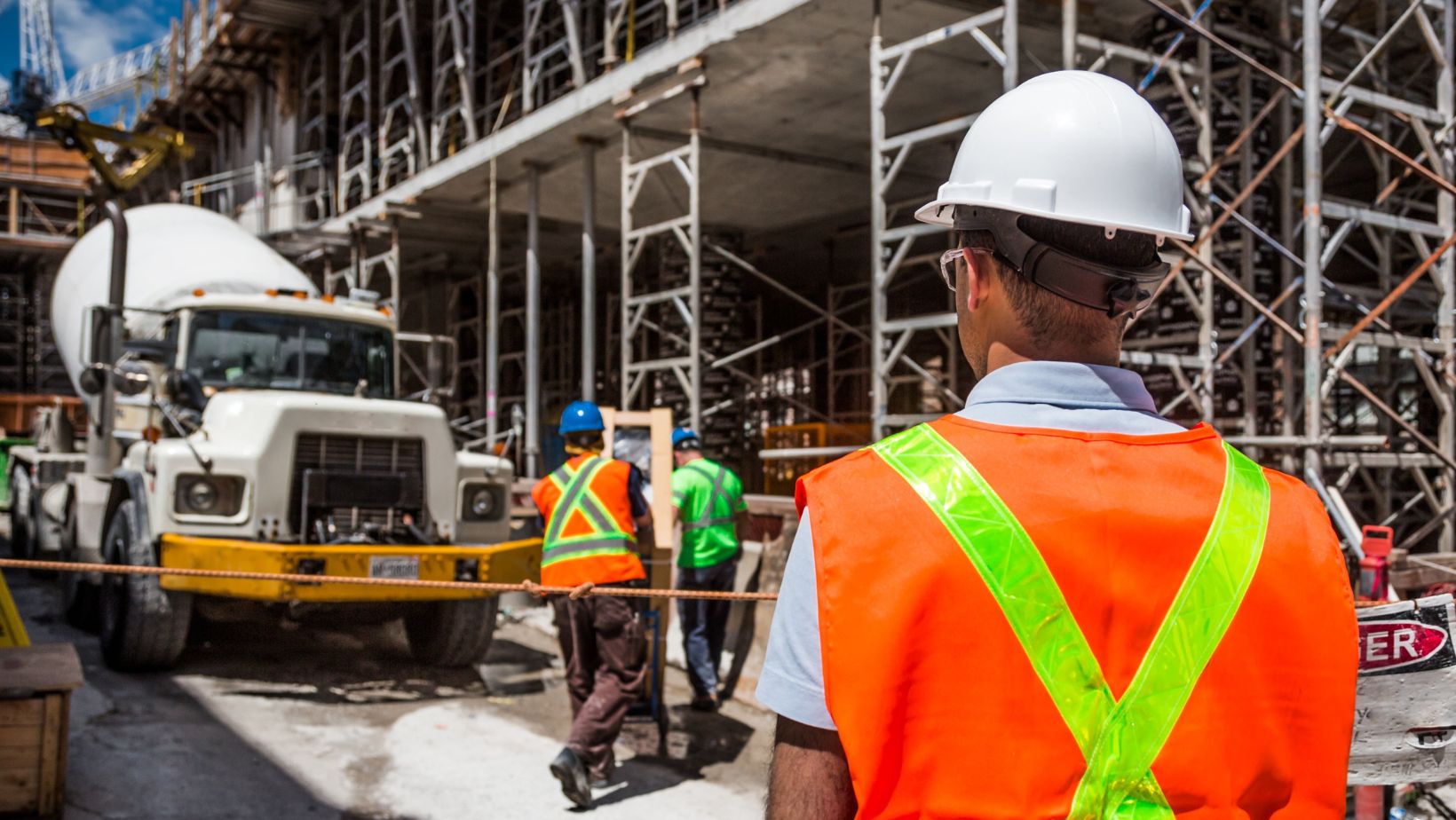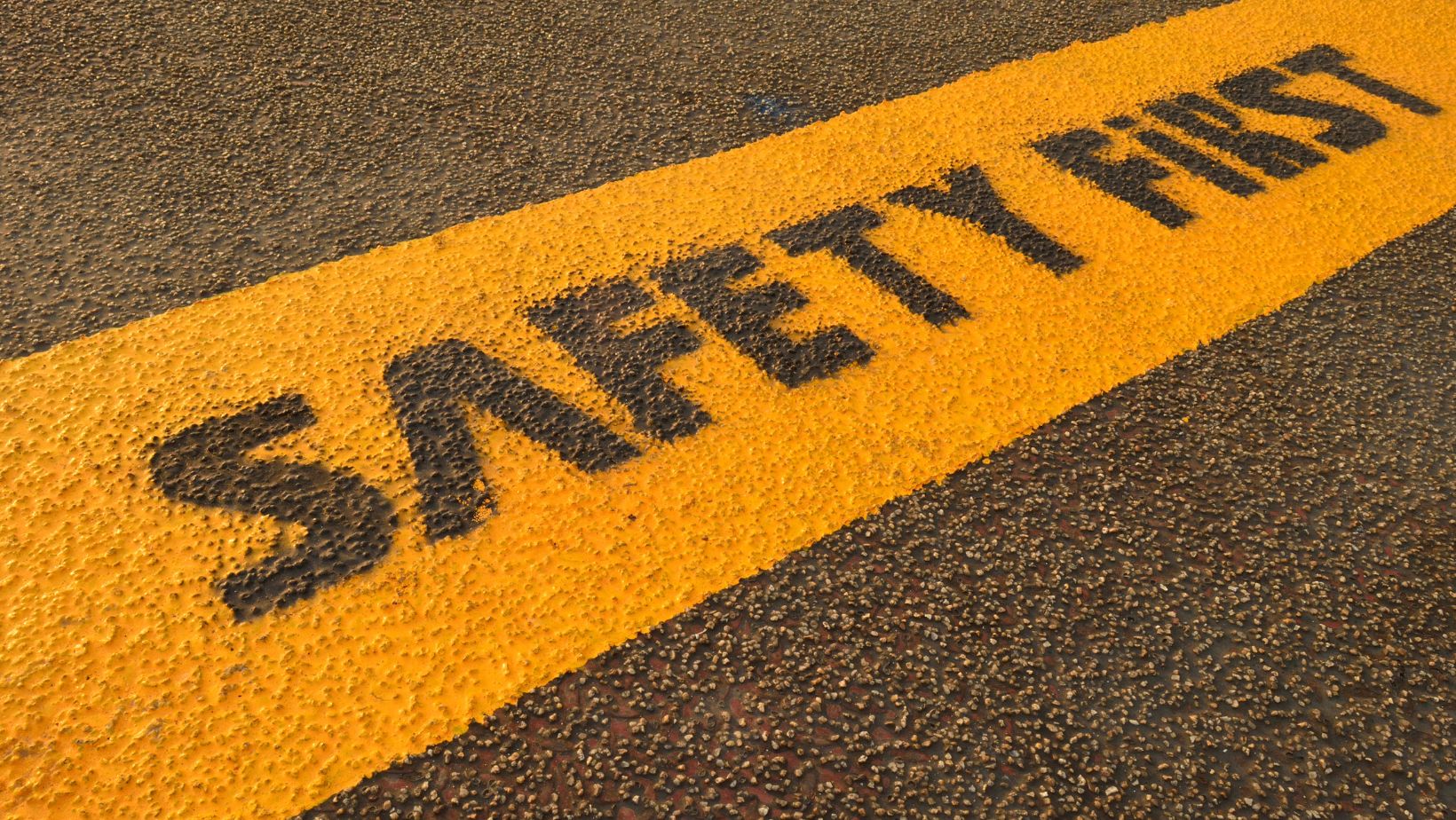
Some jobs come with inherent risks, but that doesn’t mean you have to leave your well-being to chance.
In fact, the statistics are a sobering reminder of the importance of workplace safety. According to the Bureau of Labor Statistics, there were approximately 2.8 million nonfatal workplace injuries and illnesses reported by private industry employers in 2019 alone. This highlights the critical need for robust safety measures across all high-risk professions.
From construction workers to firefighters, countless professionals navigate hazardous environments daily. By prioritizing safety measures and fostering a culture of risk awareness, these dangers can be significantly minimized. Implementing proactive strategies not only protects workers but also enhances productivity and morale, creating a safer, more efficient workplace for everyone.
Understanding Personal Injury Risks: The Why Behind the Safety How
Before diving into the essential safety measures you can take, let’s shed light on personal injury risks in the workplace. Understanding the why behind the safety how will empower you to be a proactive participant in maintaining a safe work environment.
Here’s a breakdown of some common personal injury risks encountered in various professions:
- Slips, Trips, and Falls: These seemingly innocuous incidents can lead to serious injuries, especially in roofing repair, construction, healthcare, and housekeeping jobs where uneven surfaces, spills, and cluttered walkways pose a constant threat.
- Lifting and Overexertion Injuries: Jobs involving heavy lifting, like those in logistics or manufacturing, can lead to muscle strains, back injuries, and even herniated discs if proper lifting techniques aren’t followed.
- Exposure to Hazardous Materials: Construction workers, firefighters, and those in industrial settings might encounter hazardous materials like chemicals, toxins, or airborne particles. These can cause respiratory problems, skin irritation, or even long-term health issues.
- Machinery-Related Injuries: Operating machinery without proper training or neglecting safety protocols can lead to cuts, crushing injuries, or even amputations. This risk is prevalent in manufacturing, construction, and agricultural jobs.
- Repetitive Motion Injuries: Jobs requiring repetitive tasks like assembly line work or data entry can lead to carpal tunnel syndrome, tendonitis, and other musculoskeletal disorders.
Understanding these potential hazards specific to your industry is crucial because awareness is the first step toward prevention. By recognizing the risks, you can take proactive measures to protect yourself and your colleagues. The following section will equip you with essential safety tips to minimize these risks and prioritize your well-being in even the most demanding professions.
How To Minimize Risks in Dangerous Professions
Here, we delve into essential tips for keeping yourself and your colleagues safe in even the most challenging professions.
Gearing Up for Protection
Personal Protective Equipment (PPE) is your Lifeline: Hard hats, safety glasses, respirators, steel-toed boots – PPE is your first line of defense. Ensure your equipment is appropriate for the task at hand, fits correctly, and is in good condition. Never compromise on quality or skip essential PPE.
Dress for Success (and Safety)
Loose clothing can get caught in machinery, while synthetic fabrics may melt in extreme heat. Wear flame-resistant or job-specific clothing that offers protection without hindering your mobility.
Pre-Job Briefings: A Must-Do, Not a Maybe: Never underestimate the importance of pre-job briefings. These sessions outline potential hazards, safe work procedures, and emergency response plans.

Actively participate, ask questions, and ensure everyone understands their role in maintaining a safe work environment.
Identify and Report Hazards
Danger lurks in unexpected places. Be vigilant and report any potential hazards, like damaged equipment, unsafe working conditions, or faulty tools, to your supervisor immediately. A proactive approach to safety prevents accidents before they happen.
Communication is Key
Maintain clear communication with your colleagues, especially when working in high-risk situations. Signal hand gestures, verbal communication, and maintaining a line of sight can prevent misunderstandings and potential accidents.
Building a Culture of Safety
- Lead by Example: Safety starts at the top. Leaders who prioritize safety, wear proper PPE, and enforce safety protocols set the tone for the entire team.
- Safety Training is an Ongoing Process: Safety knowledge is perishable. Regular safety training sessions ensure everyone is up-to-date on best practices, hazard identification, and emergency procedures.
- Open Communication and Feedback: Encourage open communication about safety concerns. Employees should feel empowered to speak up about unsafe work practices or raise safety questions without fear of reprimand.
Taking Care of Yourself
- Fatigue is a Recipe for Disaster: Working long hours or neglecting breaks can lead to fatigue, hindering your judgment and increasing the risk of accidents. Ensure you’re well-rested, hydrated, and take breaks as needed to maintain focus and reaction time.
- Maintain Physical Fitness: Many high-risk jobs demand physical exertion. Staying in good physical condition improves your endurance, reduces the risk of injuries, and allows you to perform your duties safely and effectively.
- Mental Wellbeing Matters: High-pressure environments can take a toll on mental health. Prioritize stress management techniques, seek support from colleagues or mental health professionals if needed, and maintain a healthy work-life balance for optimal performance and well-being.
Remember: Safety isn’t just a responsibility; it’s a shared commitment. By following these tips, fostering a culture of safety awareness, and prioritizing your own well-being, you can significantly minimize risks and ensure a safe and successful career in even the most demanding professions. Every worker deserves to return home safe and sound at the end of the day. Let’s make safety a top priority, not an afterthought.
Your Rights to Personal Injury Claims: Seeking Compensation After Workplace Injury
While prevention is paramount, accidents do happen. If you suffer a personal injury in the workplace due to someone else’s negligence, you may have the right to file a personal injury claim. Here’s a basic understanding of your rights:
Understanding Workers’ Compensation
Most employers are required to carry workers’ compensation insurance, which provides medical benefits and a portion of lost wages if you’re injured on the job, regardless of fault. This is typically the first course of action after a workplace injury.
Right to Sue for Negligence
If your injury resulted from a third party’s negligence (someone other than your employer), you might have grounds for a personal injury lawsuit. This could be a property owner, a manufacturer of faulty equipment, or even a subcontractor whose actions caused your injury.
Elements of a Personal Injury Claim
To pursue a lawsuit, you’ll need to demonstrate that:
- The other party owed you a duty of care (e.g., employer ensuring a safe workplace).
- There was a breach of that duty (e.g., failing to provide safety equipment).
- The breach caused your injury.
- You suffered damages (e.g., medical bills, lost wages, pain and suffering).
Important Considerations
- Seek Medical Attention: It’s crucial to seek medical attention immediately after a workplace injury. This documentation becomes vital evidence in a potential claim.
- Report the Injury: Inform your supervisor about the accident as soon as possible. Your workplace might require specific reporting protocols.
- Consult an Attorney: Personal injury law can be complex. Consider seeking legal counsel from an attorney experienced in workplace injury claims. They can advise you of your rights, navigate the legal process, and help you pursue maximum compensation for your injuries.

Remember, knowledge is power. Understanding your rights empowers you to make informed decisions and seek the compensation you deserve if you’re unfortunately injured due to someone else’s negligence.
Conclusion
The complexities of high-risk professions require a steadfast commitment to safety, awareness, and preparedness. By understanding the dangers, such as personal injury risks and the importance of workers’ compensation, professionals can take proactive steps to protect themselves at work.
For those in particularly dangerous jobs, like roofing repair, adherence to safety protocols is not just a guideline but a lifeline. Recognizing potential hazards, staying vigilant, and prioritizing well-being can make all the difference in maintaining a safe work environment.
Ultimately, safety is a shared responsibility. Whether you’re an employer setting the standards or an employee adhering to them, the collective effort to prioritize safety fosters a secure and productive workplace. Every worker deserves to return home safe and sound at the end of the day. By embracing a culture of safety and vigilance, we can significantly minimize risks and ensure a safer future for all those who brave the challenges of dangerous professions. Let’s make safety a top priority, not an afterthought.










